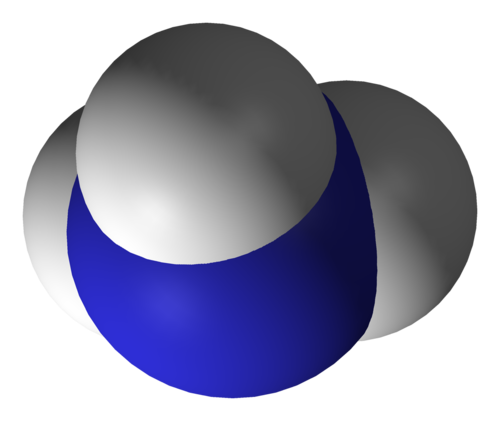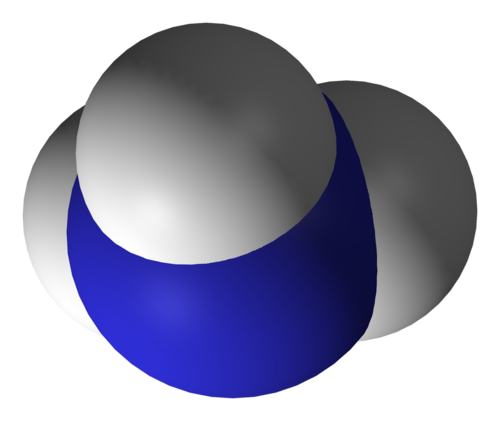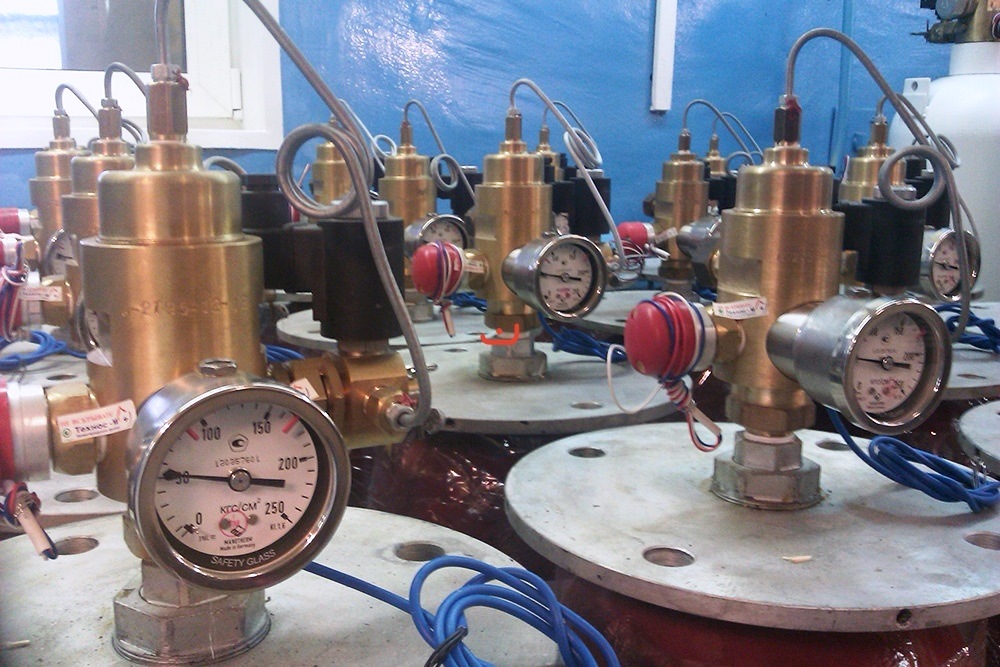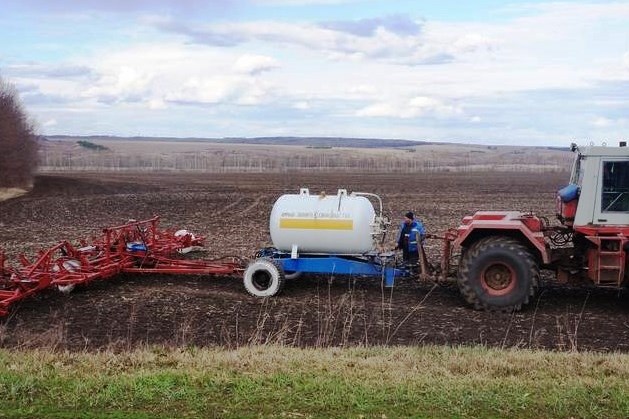
Ammonia characteristics speak in its favor: when transitioning from liquid phase into gaseous, a minimal quantity of energy is spent; it is pure ecologically; it does not affect the ozone layer and does not produce greenhouse effect, which is a universal concern nowadays. Besides, ammonia warns about emergencies with its strong smell, which immediately allows locating the leak and eliminating it in the shortest possible time. It is not fluidal to the degree, which is the characteristic of other cooling agents; it does not inerrant with ferrous metals. Therefore, all ammonia equipment, different from refrigerants is cheap (non-ferrous metals are usually used for freon equipment). It is very important that ammonia is cheap as compared to other cooling agents.
Some more advantages of ammonia. Its specific productivity exceeds by more than 3.5 times of indicators of any other refrigerating agent, used in the food industry. For comparison: an average cold store of 3 mW installed refrigerating capacity using ammonia will have daily power saving of 3000 kW/h as compared to equipment using R-22; and if we compare equipment operating on R-404A it will be 8000 kW/h. Furthermore, it is necessary to take into account that Freon-22 is prohibit by Kyoto agreement while 404А is non-azeotropic and involves considerable material and operating costs. At current electricity prices, saving will amount around 45000USD (as compared to R-22) and around 120000USD (as compared to R-404А).
The above listed factors once again prove the advantages of this refrigerating agent. However, one must learn to handle it. Nevertheless, the entire world works with propane, petrol, other gases, combustible, explosive, harmful and hazardous substances and using it universally. Compliance with operating rules and standards, implementation of proper preventing and compensating measures can reduce hazard to acceptable risk.
Those willing to replace outdated ammonia-based refrigerating equipment on freon equipment will need higher capital investments than in case of replacement of ammonia equipment by "ammonia-less machine". A kilowatt of productivity by freon refrigerating will be more expensive than produced by ammonia-based equipment. Ultimately, usage of freons or their mixtures will lead to increased product cost and to dependence the domestic consumers from foreign producers of coolants and oils for them.
The quantity of ammonia, filled into assembly units, is 0.170-0.950 kg per 1kW of produced cold. The volume of ammonia filling in the traditional pumping-circulation system that uses air coolers is 8 kg per 1kW of cold or 20 kg in case of battery cooling. When compared to the refrigerating units of the same capacity where refrigerants R22 and R134a are used as cooling agents, then it will take much more cooling agent to produce 1kW of cold.
Designed emergency systems of protection make installation practically safe by using sprinkler protection system. Chillers are installed on strip foundations performs the function of a tank for collecting water, which is used for watering the installation in case of ammonia leakage.



.jpg)




